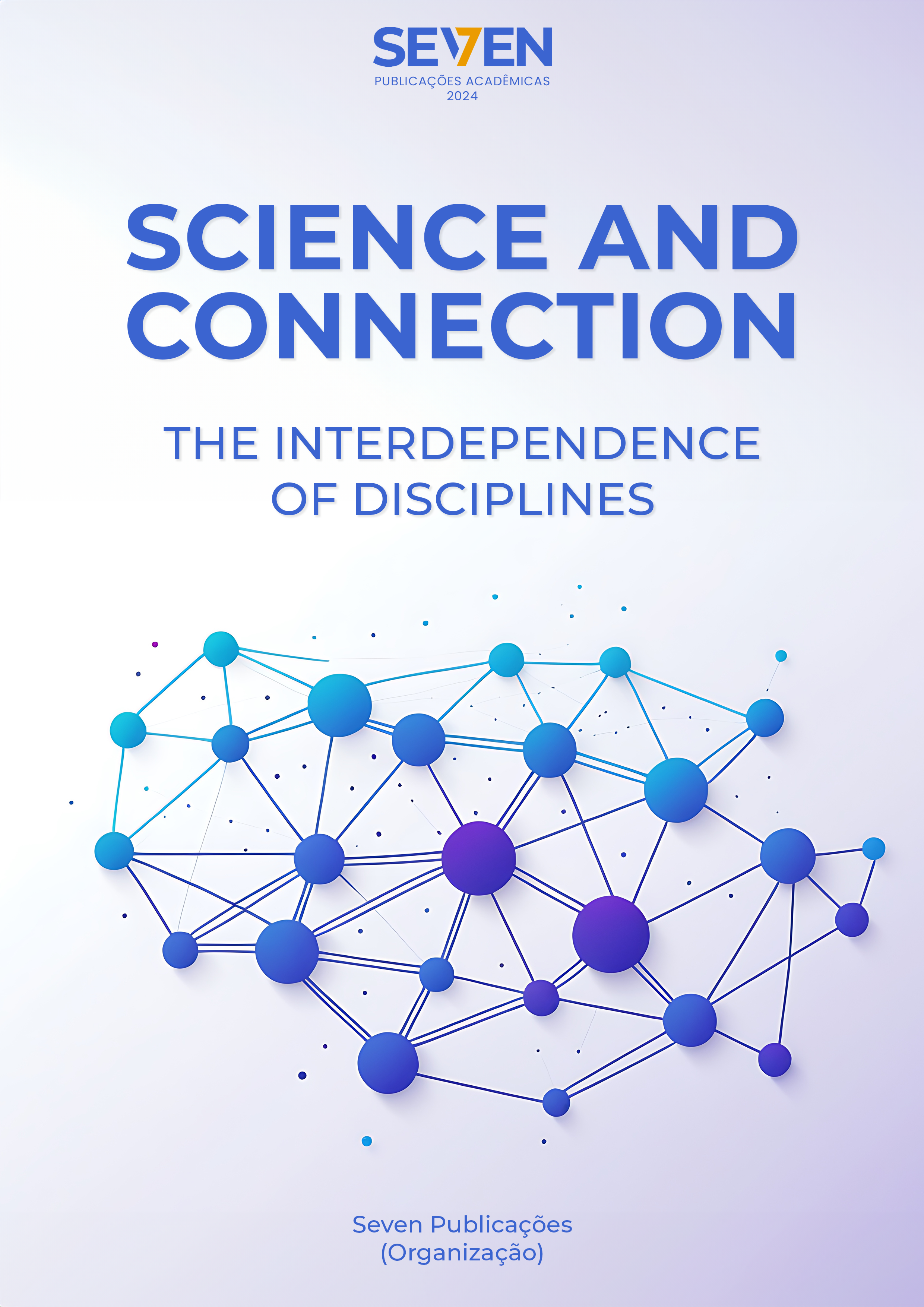USE OF MICROREACTORS FOR DIABETES DRUG SYNTHESIS
Keywords:
Glitazones, Microfluidics, Mixture, SimulationAbstract
The fraction of the world population affected by type 2 diabetes mellitus and its trend of significant increase in the coming decades strongly stimulates improvements in the synthesis of drugs for glycemic control. The transposition of batch production to continuous processes in microreactors allows for reduced synthesis time and better throughput. In this paper, four microreactor designs were proposed—labyrinth, leaf, hive, and hive serpentine—to enable drug synthesis in a single microreactor with a volume greater than 1 mL. The mixing quality of the prototypes was evaluated by simulating their residence time distributions (DTR) using computational fluid dynamics (CFD). The RTDs were raised in response to the step of a methylene blue tracer and maintaining a spatial time of 20 min. In the leaf, honeycomb and serpentine designs with honeycomb, there was the formation of preferential paths for flow, evidenced by the structure of the velocity field and the average residence time of less than 20 min. Their fluid dynamic behaviors were hybrids between the ideal models of a battered flow reactor and a perfectly stirred mixing tank. The labyrinth design has a pressure drop seven times higher than the others because it allocates all the fluid in a single extensive channel, but it promoted mixing of the currents with the greatest homogeneity in the available volume and with a deviation of 0.36 % between the mean residence time and the spatial time, being the most promising design for the synthesis of drugs among those proposed.
Downloads
Published
Issue
Section
License
Copyright (c) 2024 Natasha Greice Moreira Russo, Thalia Delgado Bezerra, Ivity Nicoleti Simonis, Leonardo Arruda da Silva, Luiz Felipe Gonzalez Ortega Colella, Maria Fernanda de Moraes Leme Pedroso, José Carlos Gonçalves Peres

This work is licensed under a Creative Commons Attribution-NonCommercial 4.0 International License.





